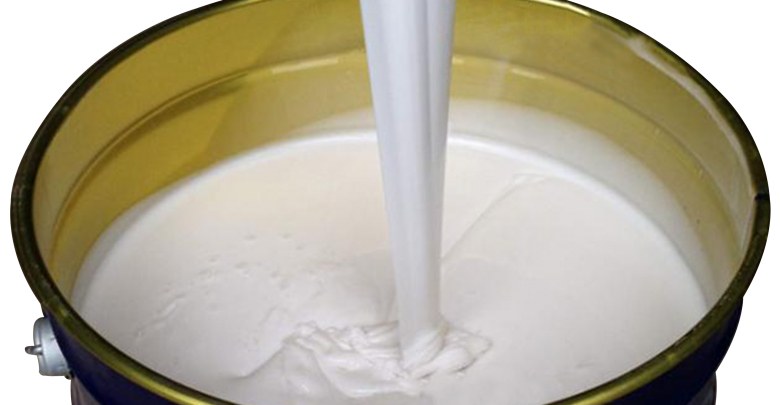Liquid silicone rubber injection molding’s distinctive qualities make it distinct from thermoplastic injection molding procedures and molding traditional high-consistency silicone.
Liquid Silicone Rubber injection molding includes tens of thousands of applications across a variety of industries, including general markets medical, automotive, baby care, aerospace, electronics, and other industries. While liquid silicone rubber injection molding works best for short- and long-run part creation, clients can use the procedure in the last stages of prototyping. The practice is also acceptable for the test of material settings before green-lighting a job for full production.
As one of the best injection molding businesses that are international, SIMTEC works with liquid silicone rubber injection molding. We have produced billions of liquid silicone rubber components for Fortune 100 and other leading businesses. We have the production expertise to provide services that vary from prototyping to serial production of high-precision components.
SIMTEC’s ability to offer fast, high quality service has led to a global reputation for dedication to client satisfaction and our group of liquid silicone rubber injection molding experts can help you through the whole process. Contact your SIMTEC and learn how we can assist you.
CHARACTERISTICS OF LSR
Many businesses from the businesses have chosen liquid silicone rubber to fabricate their rubber components due to their material’s manufacturability. The injection molding of liquid silicone rubber supplies businesses simplicity of processing, high-volume molding part quality and productivity. Liquid silicone rubber has become the ideal substance for quite demanding applications due to its unique properties, including:
In comparison to other elastomers silicone rubber won’t stain or corrode other materials and is resistant to bacteria growth. LSR can be tasteless and odorless and can be formulated to follow strict FDA requirements. The material can be sterilized via a variety of methods, such as steam autoclaving, ethylene oxide (ETO), gamma, e-beam and numerous other techniques.
Permanent : Liquid Silicone Rubber parts can withstand extreme temperatures, making them an ideal selection for components under the hood of automobiles and in close proximity to motors. Components manufactured via silicone rubber injection molding are fire retardant and won’t melt– a issue for components generated through injection molding procedures.
Chemical immunity : Liquid Silicone Rubber contains oxidation, water and a few chemical solutions such as acids and alkali.
Temperature resistance: Compared to other elastomers, molded silicone could withstand a wide range of high/low-temperature extremes.
Mechanical properties: Liquid Silicone Rubber has great elongation, high tear and tensile strength, superb flexibility and a hardness range of 5 to 80 Shore A.
Electrical properties: Liquid Silicone Rubber contains excellent insulating properties, which offer an appealing option for a host of electric applications. When compared with conventional material, silicone can perform in lower and much higher temperatures.
Transparency and pigmentation: Liquid Silicone Rubber owns a pure transparency, this feature makes it feasible to create, vibrant, custommade, molded products.
PART DESIGN AND MATERIALS
By adhering manufacturers can generate a component that will be more powerful and simpler to manufacture and assemble. The injection molding of liquid silicone rubber involves a task that consists of numerous functional and structural factors the designer should address, including:
The form the features of the component must take is dependent on just how the LSR substance cools to create the part, fills and enters. Planning for the proper tolerances and additional features in the layout reduce flash and can minimize tension. LSR’s ability accommodate variations in wall sections and to fill wall segments makes the issue of sink almost non-existent.
Similar to thermoplastics, silicone rubber that is liquid comes in a variety of grades and forms. Depending upon the program, clients can choose from a variety of hardness and from a substance with a feel that is slippery.
General purpose Liquid Silicone Rubber does not have a high amount of silica, making it appropriate for the fabrication of components that need no more than the physical attributes. Additives and fillers can make LSR suitable for programs which will need to endure higher temperatures or atmospheres. The invention of self-adhesive LSR provides the material necessary for software.
The precision LSR component starts with the mould. Building the mould calls for a mixture of CNC machining and CNC milling. It requires a lot of precision and a while to construct a aluminum instrument mould capable of holding up to this LSR molding procedure, and it may be the greatest investment from the silicone rubber molding procedure. The capability to stream LSR into, thick/thin attributes and tight radii make tooling layout for silicone rubber easier.
Additionally, a finish is not required by tooling surfaces, and draft angles aren’t vital to help eliminate the element . When the solidification stage comes to conclusion, the component ejects without any concern for damage or distortion.

